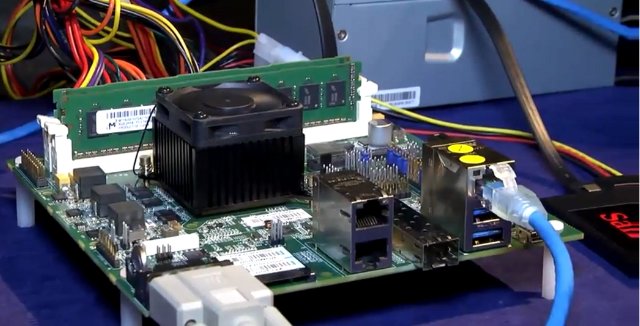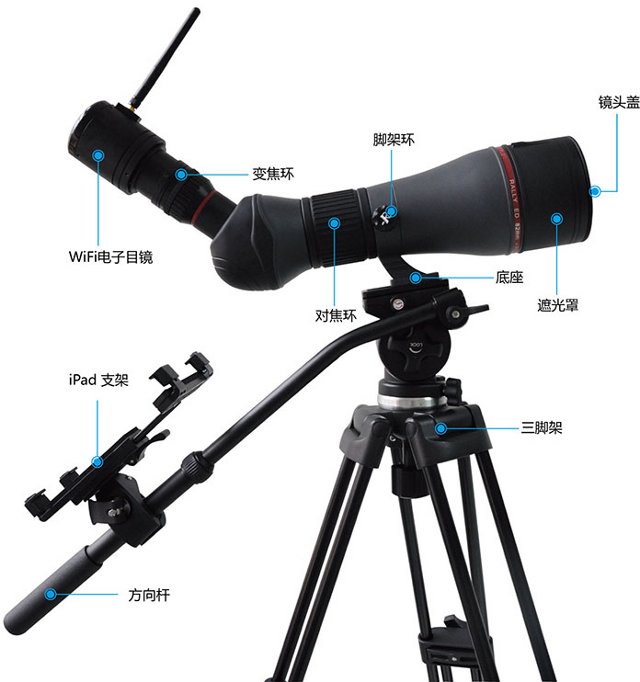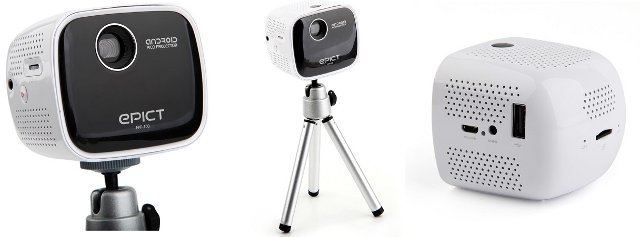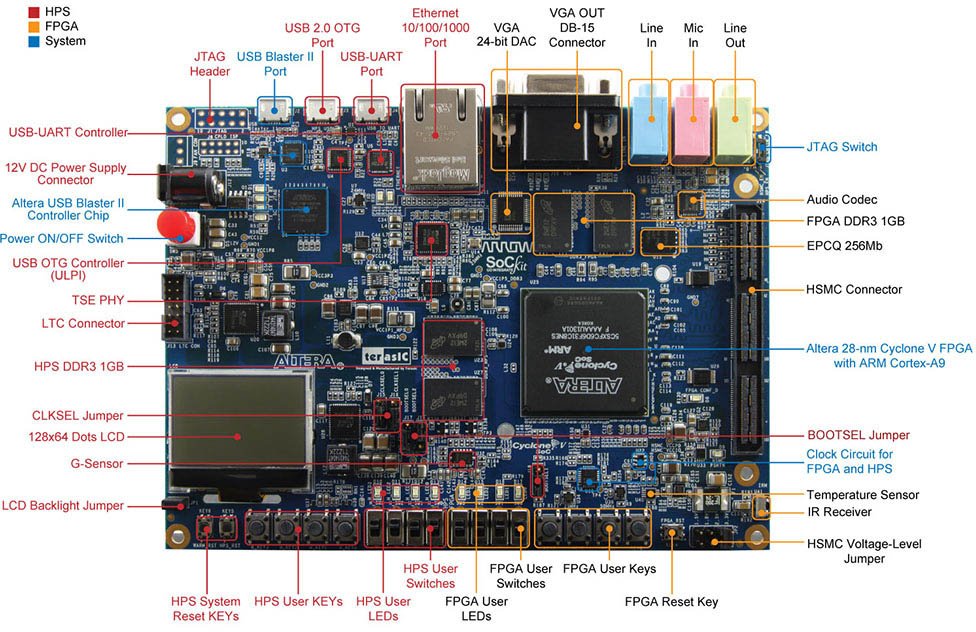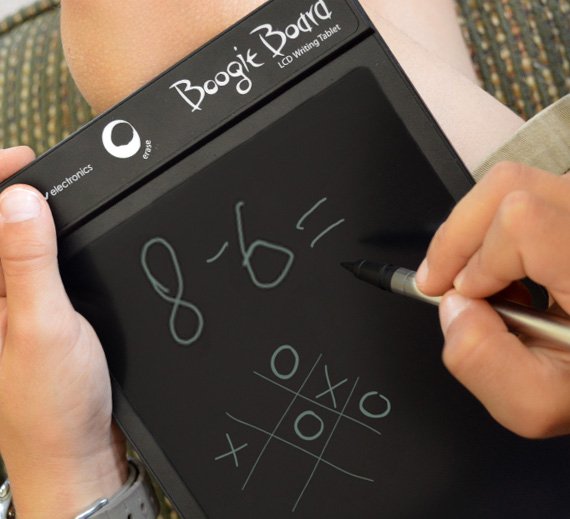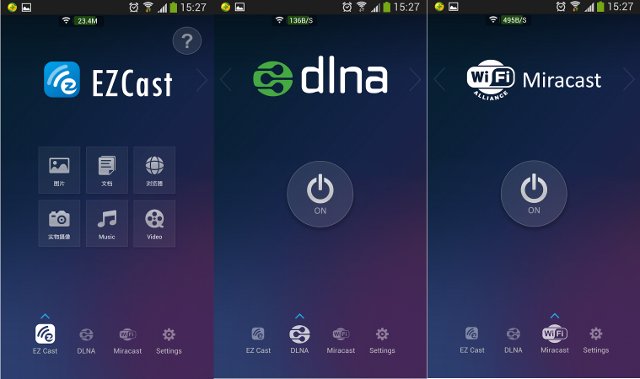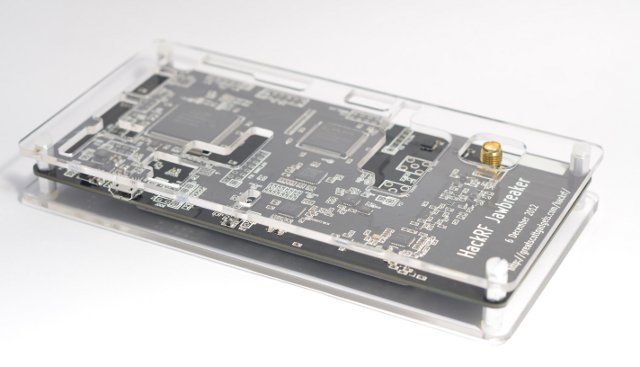Applied Micro announced X-Gene 64-Bit ARMv8 Server-on-Chip at ARM Techcon 2011, and later in 2012, they showcased Apache2 on an FPGA implementation of the chip. More recently, they showcased KVM (Kernel-based Virtual Machine) on their X-C1 hardware platform with an actual X-Gene SoC at Linaro Connect Europe 2013, and Linaro has just uploaded the video of the demo. The development board features 8 ARMv8 64-bit processors, PCI network, up to 6 SATA drives (but only one used in the demo), and they also have hardware fitted into a 1U rack. The demo below runs 4 SMP Linux virtual machines (with 2 VCPUs), including 2 ARMv7 32-bit, and 2 ARMv8 64-bit guests, running web servers concurrently on each VM using VirtIO-based network virtualization. Jean-Luc Aufranc (CNXSoft)Jean-Luc started CNX Software in 2010 as a part-time endeavor, before quitting his job as a software engineering manager, and starting to write daily news, and […]
Ostec Wi-Fi Telescopes, Wi-Fi and USB Portable Microscopes for iOS, Android, and PCs
Ostec Electro-Optical Science and Technology, is a company headquartered in Shenzhen, China, with a factory based in Guangzhou, that manufactures optical devices such as telescopes, microphones, endoscopes, and scanners that connects to your computer, or tablet via USB or Wi-Fi. Charbax of armdevices.net interviewed the company in April at the Hong Kong Electronics Fair, and uploaded the video (see bottom of post) very recently. Let’s have a closer at some of the products. KoPa WiFi Telescope (Model TW501) The first device is TW501 Wi-Fi telescope that comes with a tablet holder, and allows you to visualize the picture directly on your smartphone, tablet, or other Wi-Fi capable device either via specific Apps or via the web browser. It apparently not suited for astronomy, but can be used for bird watching, building surveillance, hiking, and any application where you may need to take close-up pictures or videos. Wi-Fi Telescope Specifications: Sensor […]
EPICT EPP-100 Android 4.2 Mini Projector
EPICT EPP-100 is a tiny Android 4.2 device with features similar to many Android mini PCs or set-top boxes, and is based on AllWinner A20 SoC with 512MB RAM and 4GB Flash, but the features that makes it different is a 35-lumens pico-projector capable of outputting an 80″ picture. Here are the specifications of the devices listed on Pandawill: SoC – AllWinner A20 Dual core ARM Cortex-A7 Dual-Core with ARM Mali-400 MP2 GPU System Memory – 512MB RAM Storage – 4GB NAND Flash + micro SD card slot (Up to 32GB) Projector – Resolution 800 x 480, 35 Lumens, Up to 80″ Connectivity – Wi-Fi 802.11 b/g/n, Bluetooth USB – 1x USB 2.0 Host, 1x micro USB OTG Audio – 3.5 mm jack for headphone Power – Standby Time: Up to one week Dimensions – 68 x 62 x 57mm Weight – 210g (without the stand) The package includes a […]
$249 Terasic SoCKit Development Kit Features Altera Cyclone V SX Dual Core A9 + FPGA SoC
There seems to be a lot a development going on around dual core A9 + FPGA SoCs from Xilinx or Altera these days, and Terasic has recently announced SoCKit, a development board based on Altera Cyclone V SX SoC with 2GB RAM (1GB for ARM cores, 1GB for FPGA), 110K logic elements, etc… Here are the specifications listed on Terasic website: FPGA Device – Cyclone V SX SoC—5CSXFC6D6F31C8NES: 110K LEs, 41509 ALMs 5140 M10K memory blocks 6 FPGA PLLs and 3 HPS PLLs 2 Hard Memory Controllers 3.125G Transceivers ARM-based hard processor system (HPS) @ 800 MHz, Dual-Core ARM Cortex-A9 MPCore Processor with 512 KB of shared L2 cache, 64 KB of scratch RAM, Multiport SDRAM controller (DDR2, DDR3, LPDDR1, and LPDDR2), and 8-channel direct memory access (DMA) controller Configuration and Debug: Quad Serial Configuration device – EPCQ256 for FPGA On-Board USB Blaster II (micro USB type B connector) Memory […]
$20 Boogie Board is an “Etch a Sketch” LCD Tablet
If you’re old enough (or have followed the US 2012 presidential race), you must know an Etch a Sketch is a drawing board that you can erase by shaking it. The Boogie Board LCD eWriter has basically the same functionality, but instead of using aluminum powder, it’s using a Reflex LCD display and a stylus, and instead of shaking it to erase content, you’ll just press a button. Like E-Ink, reflex LCD displays do not use power when content remains unchanged. The first version was released in 2010, and appears to be relatively easy to find in the US (online retailers, Wallmart…), but not so in the rest of the world. There are 5 versions of the Boogie Board, but the last 2 that will only be available for Xmas 2013: Original 8.5 – 8.6″ display, external adhesive magnets Original 10.5 – 10.5″ display, replaceable batteries Jot 8.5 – 8.6″ […]
EZCast Is a Wi-Fi Display Solution (Miracast, DLNA, etc..) to be Used With Actions Micro HDMI TV Dongles
This morning I’ve come across an interesting video via Google+ (in Chinese) that showcases the features of EZCast, an application that can be installed on Android or iOS, and supports screen mirroring, DLNA, and Miracast with HDMI TV Dongles designed by Actions Micro. The company is not to be confused with Actions Semi The company is a subsidiary of Actions Semi, an IC company that provides ATV6003 SoC used in HDMI TV Dongles such as iPush. If you’ve watched the video above, beside DLNA and Miracast, you’ve found out it can also be a nice presentation tools, allowing for PowerPoint slideshows, and notes writing via your smartphone. After further research, I found the application has recently been published on both Apple App Store and Google Play. The App description is only available in Chinese, but here’s the (unedited) Google Translation of the description: EZCast is a powerful home media sharing […]
$275 HackRF Open Source Software Defined Radio (SDR) Platform
HackRF is an open source hardware project to build a Software Defined Radio (SDR) supporting a frequency range between 30 MHz and 6GHz in both directions (Tx and Rx, half-duplex) with a maximum bandwidth of 20MHz. Jawbreaker (shown below) is a beta hardware that has been tested by several developers and beta testers, and applications such as Digital Audio Broadcasting (DAB), Bluetooth monitoring, spectrum sensing, wireless microphones, AIS, FM radio, etc.. have already been ported to the platform. In order to lower the cost of the hardware, Michael Ossmann has launched a Kickstarter campaign to fund mass production. There seems to be many SDR enthusiasts as the campaign has already reached its funding target ($80,000) and received for over $300,000 in ledges. What is Software Defined Radio (SDR) and What Can it Be Used for? Before providing details about the hardware and software, it may be useful to provide some […]
Developers Are Working on Chromecast Functionality From Any Android Apps via Any Android Devices
If you don’t just come back from (too long) holidays, you should know Google has released the Chromecast, a $35 HDMI TV Stick that uses a protocol called DIAL to let users stream online videos on the TV via your mobile device or mirror your Chrome browser on the TV. However, there are currently quite a few limitations. It can only be used with apps specifically designed for Chromecast (e.g. YouTube, Netflix,…), and Chromecast is the only available receiver, and can only be purchased in the US. Luckily these may not be an issue soon… Koushik Dutta (Kouch) has taken care of the first issue by modifying Cyanogenmod to allow any video or audio app to stream the media files via the TV, using Android notifications. Perfect. Moving to the second issue. If you don’t live in the US, you’re still stuck, and if you do live in the US, […]


